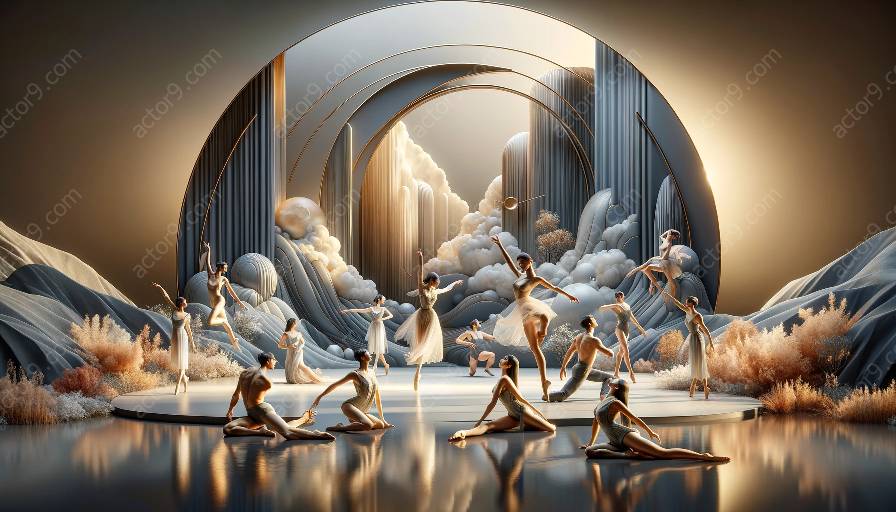Introduction
The intersection of physical theatre and dance provides a rich ground for exploration and creativity, combining the expressive movements of dance with the dramatic storytelling elements of physical theatre. In this topic cluster, we will delve into the unique elements of drama in physical theatre and the relationship between physical theatre and dance.
Elements of Drama in Physical Theatre
Physical theatre draws from a wide range of theatrical traditions and practices, integrating elements of mime, gesture, and movement to convey narratives and emotions. It often explores non-verbal storytelling, challenging performers to communicate complex narratives through the use of their bodies. This form of theatre places a strong emphasis on physicality, visual composition, and spatial awareness, creating a dynamic and immersive theatrical experience for the audience. By blending together elements of drama, movement, and visual storytelling, physical theatre offers a unique platform for performers to engage with the audience on a visceral and emotional level.
Physical Theatre
Physical theatre, as an art form, emphasizes the body as a means of expression, often incorporating elements of acrobatics, gymnastics, and mime. It may combine music, sound, and spoken word to create a rich, sensory experience that transcends traditional boundaries of performance. Physical theatre challenges performers to explore the limitless possibilities of the body, inviting them to push the boundaries of movement, emotion, and expression. In physical theatre, the body becomes a canvas for storytelling, evoking powerful emotions, and creating captivating visual narratives.
The Expressive Nature of Physical Theatre
Physical theatre is notable for its ability to convey a wide range of emotions and narratives through the language of the body. Performers utilize movement, posture, and gesture to communicate complex themes and ideas, pushing the boundaries of physical expression. This form of theatre encourages performers to fully embody their characters and narratives, blurring the lines between dance, theatre, and performance art. By leveraging the power of physical expression, physical theatre fosters a deep sense of connection between the performers and the audience, inviting them to interpret and engage with the narratives on a deeply visceral level.
The Relationship Between Physical Theatre and Dance
The relationship between physical theatre and dance is one of synergy and collaboration. While dance often focuses on the art of movement and choreography, physical theatre enriches this movement with a compelling narrative and dramatic context. Physical theatre and dance intersect in their shared language of embodiment, encouraging performers to explore the expressive potential of their bodies. By integrating elements of physical theatre into dance, performers can imbue their movements with deeper emotional resonance, transforming choreography into a powerful storytelling medium.
Conclusion
The intersection of physical theatre and dance offers a captivating space for artistic exploration, blending the expressive elements of drama and movement to create compelling narratives. By understanding the unique elements of drama in physical theatre and the expressive nature of physical theatre, we gain insight into the profound relationship between physical theatre and dance, opening up new avenues for creativity and innovation in the performing arts.




































